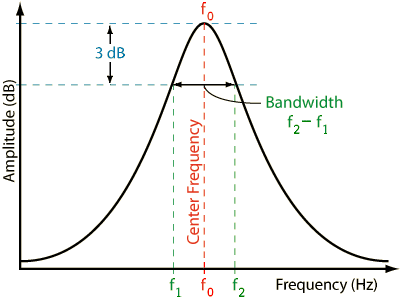Folks -
All else being equal (in terms of bobbin & core dimensions) we know that we can achieve a target inductance (let's say 5 henries for this discussion) by manipulating permeability of core material and number of turns of a given wire gauge.
What differences would we expect from maximizing core permeability (say by using 1010 steel) and minimizing the winding count as opposed to using less permeable cores and more windings? (We'll assume that saturation isn't an issue here.)
All perpectives (real world experience, theory and speculation) welcome.
Bob Palmieri
All else being equal (in terms of bobbin & core dimensions) we know that we can achieve a target inductance (let's say 5 henries for this discussion) by manipulating permeability of core material and number of turns of a given wire gauge.
What differences would we expect from maximizing core permeability (say by using 1010 steel) and minimizing the winding count as opposed to using less permeable cores and more windings? (We'll assume that saturation isn't an issue here.)
All perpectives (real world experience, theory and speculation) welcome.
Bob Palmieri

Comment